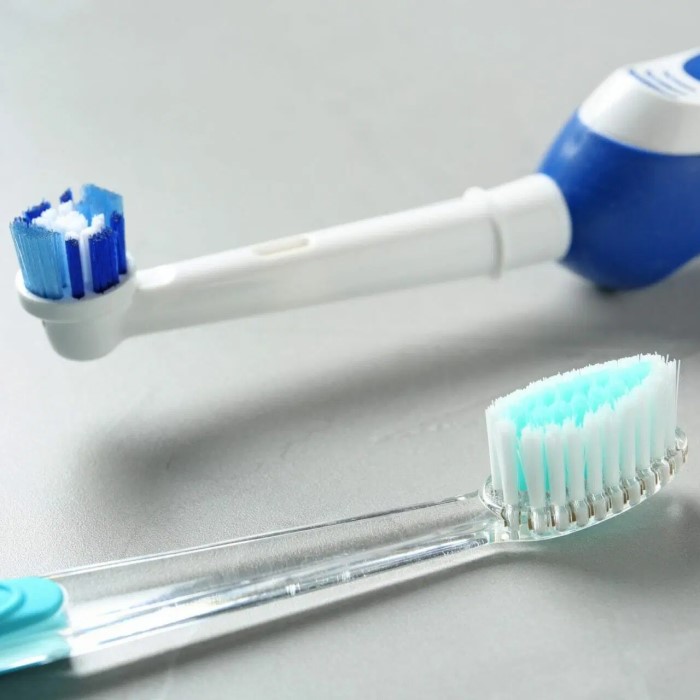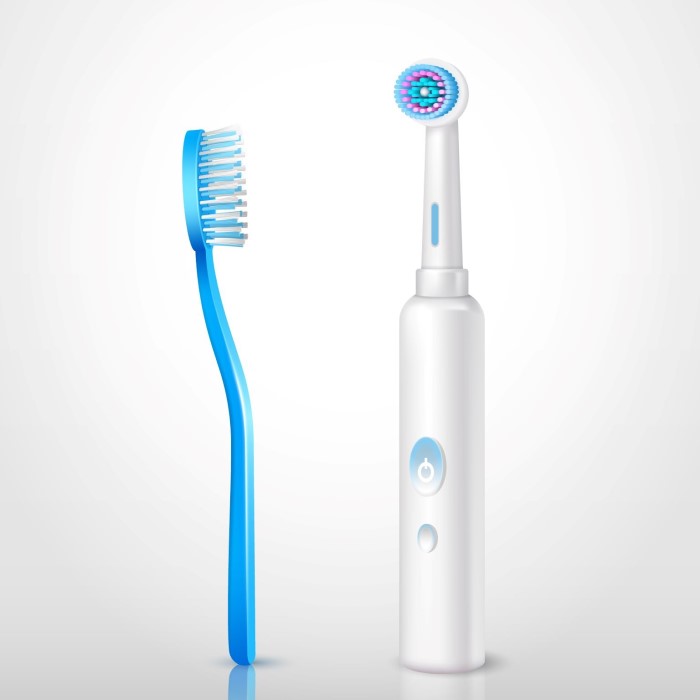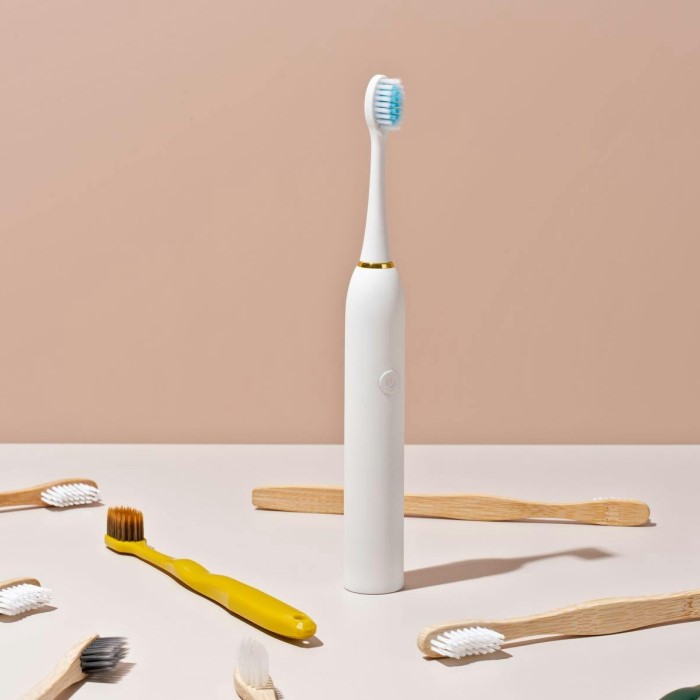Introduction
In the rapidly evolving world of oral hygiene, many consumers find themselves asking, “Are electric toothbrushes better?” This question emerges as dental technology continues to advance, leading to increased reliance on electric models over traditional manual toothbrushes. While electric toothbrushes have captured the attention of many due to their innovative features, the choice between electric and manual remains a point of debate among consumers.
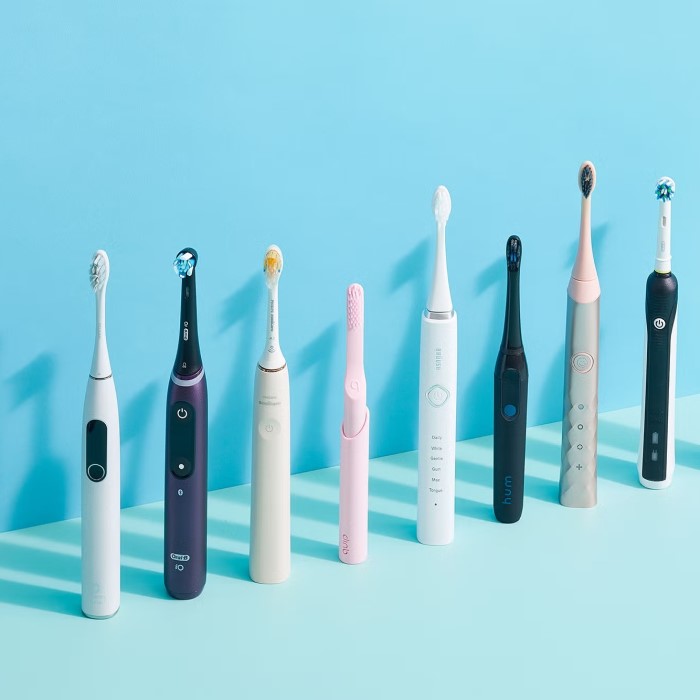
This article aims to explore the topic in detail, addressing the myths and misconceptions surrounding electric toothbrushes. It will also provide thorough insights into their advantages and disadvantages compared to manual toothbrushes. By the end of this comprehensive guide, you will have a clearer understanding of whether an electric toothbrush is the right choice for you and your oral health routine.
Understanding the Different Types of Toothbrushes
Are electric toothbrushes better? Before discussing the benefits and drawbacks of electric toothbrushes, it’s important to understand the two main categories: electric and manual.
1. Electric Toothbrushes
- How They Work: Electric toothbrushes are powered by either batteries or charging stations. They typically have rotating or oscillating brush heads that move automatically, requiring minimal effort from the user.
- Types of Electric Toothbrushes:
- Rotary Brush: These have a rotating brush head that cleans teeth effectively by turning in circular motions.
- Sonic Toothbrush: This type offers high-frequency vibrations that create fluid dynamics, providing a deep clean without aggressive brushing.
- User Experience: Many find electric toothbrushes easier to use, especially for individuals with limited dexterity, such as the elderly or those with conditions that impede grip strength.
2. Manual Toothbrushes
How They Work
- User-Driven Cleaning: Manual toothbrushes rely entirely on the user’s physical motion for cleaning teeth. This requires the individual to use hand movements to scrub the bristles against the surfaces of their teeth and gums.
- Technique Matters: The effectiveness of cleaning with a manual toothbrush is highly dependent on the user’s technique. Proper brushing involves using the right angles and movements—typically small circular motions or short strokes. If a user fails to apply the right technique, plaque can remain on the teeth.
- Effort and Consistency: The effort put into brushing also plays a role. A person who brushes more diligently and regularly will likely achieve better oral hygiene than someone who brushes carelessly or infrequently. Consistency in brushing twice a day, along with the duration (ideally two minutes), enhances cleaning effectiveness.
- User Control: Manual toothbrushes allow users to have complete control over the pressure applied during brushing. Users can adjust their force according to comfort levels, which can help prevent gum irritation or damage to tooth enamel.
Variety
- Different Sizes: Manual toothbrushes come in a wide range of sizes, allowing users to select one that suits their mouth comfortably. Smaller brushes may be easier to maneuver in hard-to-reach areas, while larger brushes may cover more surface area quickly.
- Bristle Stiffness: Users can choose from various bristle stiffness options, including soft, medium, and firm. Soft bristles are often recommended for sensitive gums, as they reduce the risk of irritation and damage. Conversely, firmer bristles may provide a more aggressive clean but should be used with caution to avoid harming gums and enamel.
- Ergonomic Designs: Many manual toothbrushes now feature ergonomic designs, including comfortable grips and non-slip handles. These enhancements make it easier for users to maintain control during brushing, especially when wet.
- Specialty Brushes: There are also manual toothbrushes designed for specific needs, such as orthodontic brushes for individuals with braces or tongue scrapers for improved oral hygiene. This variety allows consumers to find toothbrushes that align with their specific dental care needs.
Affordability
- Cost-Effectiveness: Manual toothbrushes are typically less expensive than electric brushes, making them an attractive option for many consumers. The low price point allows individuals and families to stock up on multiple brushes without significant financial investment.
- Accessibility: Because they are affordable, manual toothbrushes are accessible to a broader audience, including individuals from various socioeconomic backgrounds. This accessibility plays a crucial role in promoting oral health across different communities.
- No Replacement Costs: Unlike electric toothbrushes, which require replacement brush heads and batteries or charging stations, manual toothbrushes do not come with ongoing costs. Users can replace them every three to four months without the concern of additional expenses beyond the initial purchase.
- Promotions and Discounts: Manual toothbrushes are widely available in retail stores and online, often with promotions or discounts. Bulk purchasing options can also lead to further savings, enabling consumers to maintain their oral hygiene without overspending.
Benefits
Many dental professionals advocate for electric toothbrushes due to various advantages. Below are several benefits of using an electric toothbrush:
1. Enhanced Plaque Removal
- Greater Efficiency: Research indicates that toothbrushes can remove a higher percentage of plaque than manual brushes. Studies show that users of electric toothbrushes can reduce plaque levels by up to 21% compared to manual brushes.
- Effective Cleaning: The brushing motion of toothbrushes mimics professional dental cleaning techniques, making it effective at dislodging food particles and plaque buildup.
2. Consistency and User-Friendliness
- Built-In Timers: Most electric toothbrushes come with built-in timers that encourage users to brush for the dentist-recommended two minutes. Some models even alert users every 30 seconds to switch quadrants in their mouth, promoting thorough cleaning.
- Pressure Sensors: Many electric brushes include pressure sensors that notify users when they are applying too much force, which can help avoid damaging gums and enamel.
3. Adaptable Features
- Customizable Modes: Electric toothbrushes often feature different modes for various needs, such as sensitive teeth cleaning, gum care, or deep cleaning. Users can choose modes based on their specific situations or preferences.
- Smart Technology: Some advanced toothbrushes connect to mobile apps. These apps guide users on proper brushing techniques and track their oral health progress, making dental care more interactive.
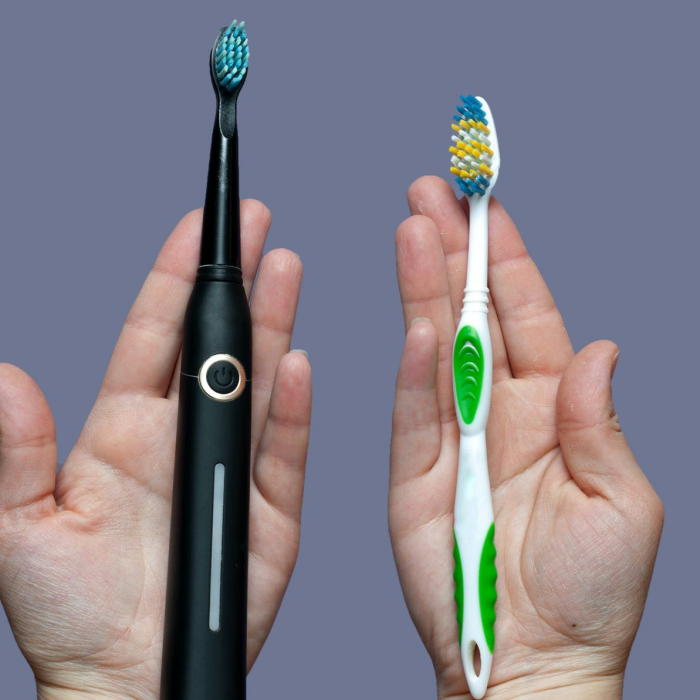
Misconceptions About Electric Toothbrushes
Several myths surround toothbrushes that may influence consumer perception. Let’s debunk some of these common misconceptions:
1. Myth: Electric Toothbrushes Are Just a Trend
- Reality: While they have gained popularity, numerous scientific studies back the effectiveness of electric toothbrushes. Their ability to enhance oral hygiene has transformed them into a reliable option for effective dental care, not just a passing trend.
2. Myth: All Electric Toothbrushes Are the Same
- Reality: There is a wide variety of toothbrushes on the market. They vary in price, features, and performance levels. Not all electric toothbrushes provide the same degree of effectiveness or durability.
3. Myth: Manual Toothbrushes Are Just as Effective When Used Properly
- Reality: While skilled brushing with a manual toothbrush can be effective, many people do not brush correctly or long enough. Electric toothbrushes help ensure a more reliable and effective cleaning.
Comparing Electric and Manual
To determine if electric toothbrushes are better, a comparison of their pros and cons might be helpful.
1. Ease of Use
- Electric Toothbrushes: Generally easier to use, requiring less physical effort. The automatic motion allows users to focus more on position rather than exerting force.
- Manual Toothbrushes: Require more effort and proper technique to achieve effectively cleaning. Users need to be more mindful of brushing angle, pressure, and time.
2. Cleaning Effectiveness
- Electric Toothbrushes: Research shows that they can improve plaque removal significantly, with studies indicating a reduction in gingivitis over time.
- Manual Toothbrushes: Effective but highly dependent on the user’s technique and consistency. Many people do not adhere to the two-minute guideline recommended by dentists.
3. Cost Consideration
- Electric Toothbrushes: Initial investment tends to be higher, with some high-end models reaching prices above 100.However,manybudget−friendlyoptionsareavailableforunder50.
- Manual Toothbrushes: Typically available at lower prices, making them an accessible choice for most consumers. They may be less effective compared to electric brushes, primarily if not used correctly.
All About Maintenance and Replacement
Both electric and manual toothbrushes require maintenance and regular replacement to ensure optimal hygiene. Here are some important points to consider:
1. Replacement Frequency
- Electric Brushes: The brush heads should typically be replaced every three months or sooner if the bristles are frayed. Some high-tech models may include reminders for replacement.
- Manual Brushes: Similarly, manual toothbrushes should be replaced every three months. Worn bristles are less effective at removing plaque.
2. Proper Cleaning
- Electric Toothbrushes: Keep the handle clean by wiping it down with a damp cloth regularly. Avoid immersing the entire handle in water to preserve the electrical components.
- Manual Brushes: Rinse the bristles thoroughly after each use to remove toothpaste and debris. Store it upright to allow it to air dry.
Frequently Asked Questions (FAQs)
As you dive deeper into the debate about electric versus manual toothbrushes, you may still have questions. Here are some frequently asked inquiries:
1. Are electric toothbrushes waterproof?
Generally, many electric toothbrushes are designed to be water-resistant or waterproof, meaning they can be used in the shower. However, it’s crucial to refer to the specific product design for guidance.
2. Are electric toothbrushes allowed on planes?
Yes, electric toothbrushes are generally permitted on planes. However, it’s wise to check your airline’s regulations concerning lithium batteries and any specific travel rules before your flight.
Conclusion
In conclusion, the question of are electric toothbrushes better largely depends on individual needs and preferences. The benefits, which include enhanced cleaning efficiency, user-friendliness, and advanced features, make them a worthwhile investment for many individuals seeking improved oral health.
While some users may prefer manual toothbrushes for their simplicity and low cost, the advantages offered by electric models are substantial, particularly concerning plaque removal and ease of use.
Ultimately, the most crucial factor remains your commitment to maintaining proper oral hygiene practices, regardless of the toothbrush type you choose. Whether it’s an electric or manual brush, the key is consistent brushing combined with regular dental check-ups for a healthy smile!
